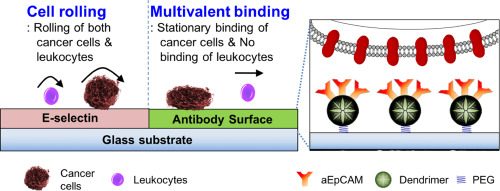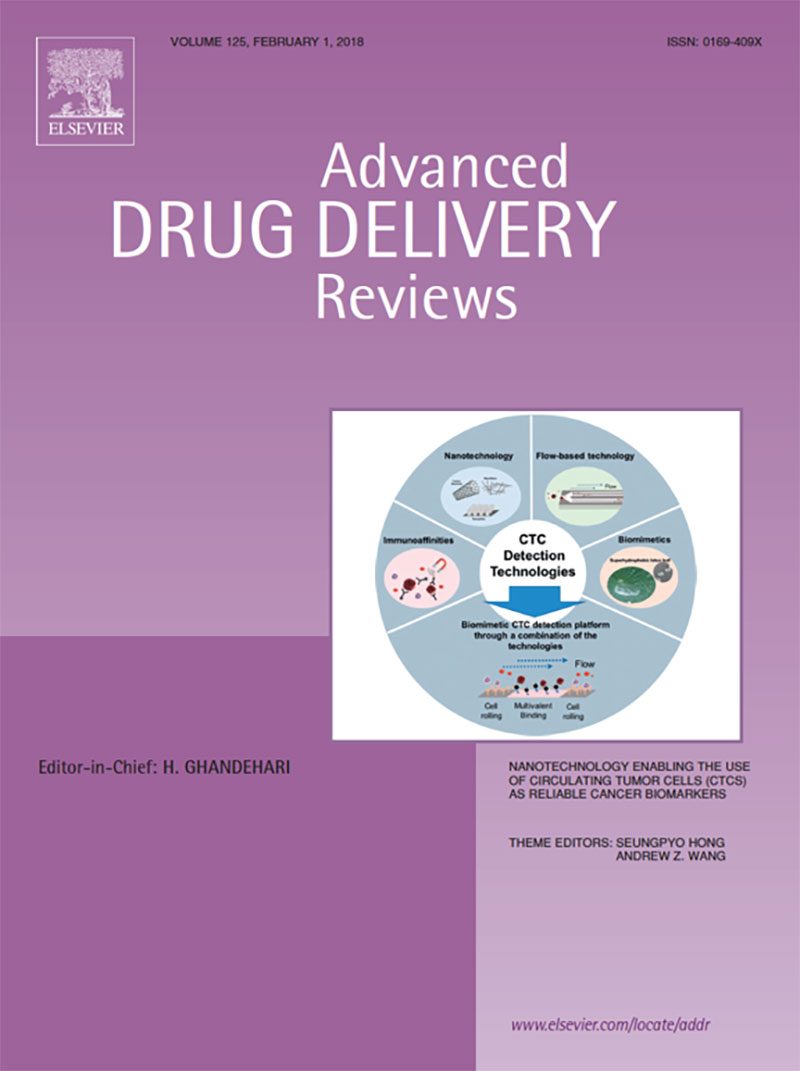Circulating tumor cells (CTCs) have received a great deal of scientific and clinical attention as a biomarker for diagnosis and prognosis of many types of cancer. Given their potential significance in clinics, a variety of detection methods, utilizing the recent advances in nanotechnology and microfluidics, have been introduced in an effort of achieving clinically significant detection of CTCs. However, effective detection and isolation of CTCs still remain a tremendous challenge due to their extreme rarity and phenotypic heterogeneity. Among many approaches that are currently under development, this review paper focuses on a unique, promising approach that takes advantages of naturally occurring processes achievable through application of nanotechnology to realize significant improvement in sensitivity and specificity of CTC capture. We provide an overview of successful outcome of this biomimetic CTC capture system in detection of tumor cells from in vitro, in vivo, and clinical pilot studies. We also emphasize the clinical impact of CTCs as biomarkers in cancer diagnosis and predictive prognosis, which provides a cost-effective, minimally invasive method that potentially replaces or supplements existing methods such as imaging technologies and solid tissue biopsy. In addition, their potential prognostic values as treatment guidelines and that ultimately help to realize personalized therapy are discussed.


This article is cited by 9 publications